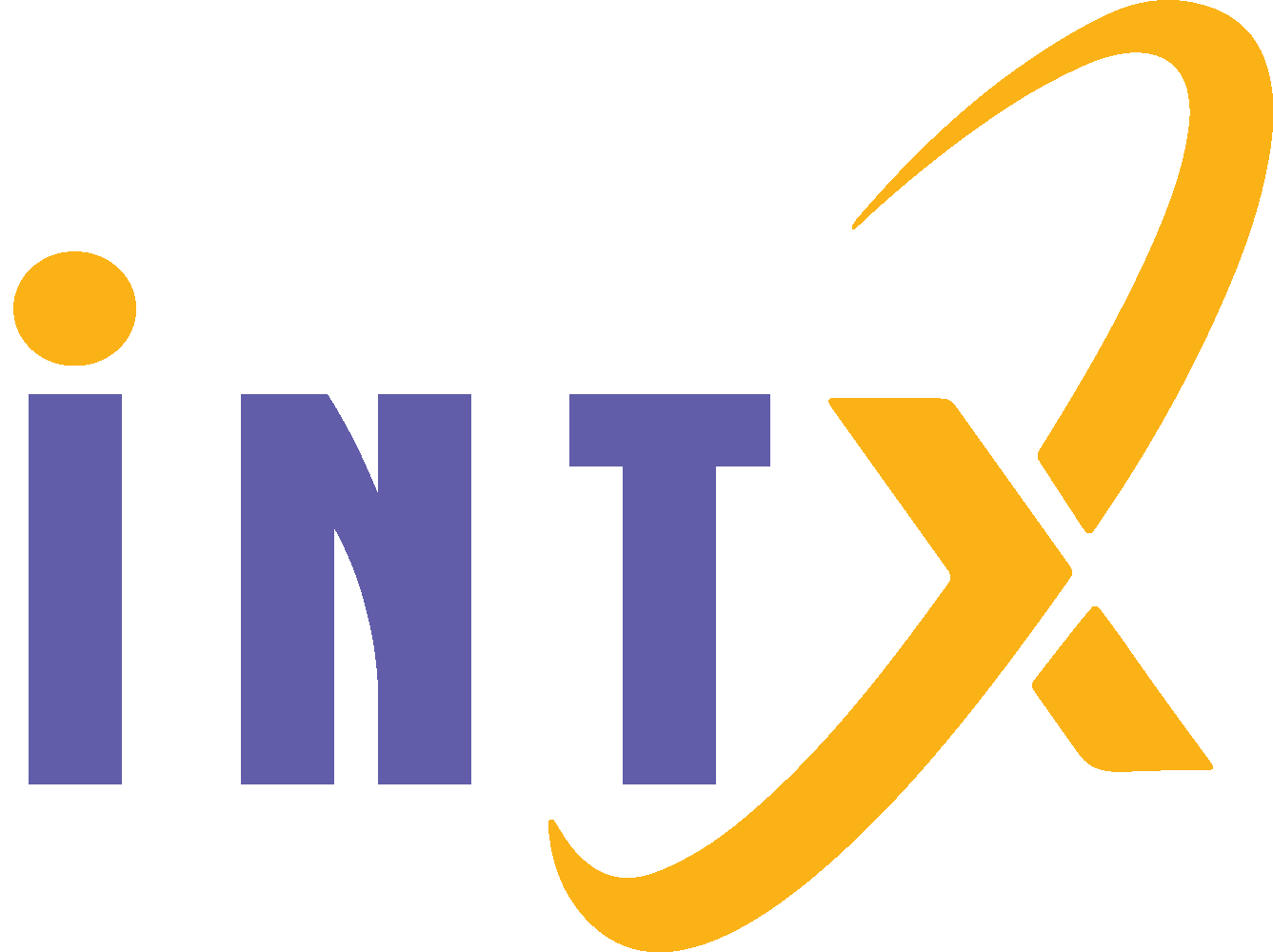Subtotal 0 ₫
What are NFTs?

Non-Fungible Tokens (NFTs) are unique digital assets that represent ownership of a specific item or piece of content, such as art, music, videos, or even virtual real estate. Unlike cryptocurrencies like Bitcoin or Ethereum, which are fungible and can be exchanged on a one-to-one basis, NFTs are one-of-a-kind and cannot be exchanged on a like-for-like basis. This uniqueness is what gives NFTs their value and appeal.
NFTs are created using blockchain technology, which ensures that each token is unique and cannot be replicated. This technology also provides a transparent and secure way to verify ownership and provenance of the digital asset. The most common blockchain used for NFTs is Ethereum, but other blockchains like Binance Smart Chain and Flow are also gaining popularity.
The Rise of NFTs
The concept of NFTs has been around since the early 2010s, but it wasn’t until 2021 that they gained mainstream attention. This surge in popularity can be attributed to several high-profile sales, such as the digital artwork “Everydays: The First 5000 Days” by Beeple, which sold for $69 million at Christie’s auction house. This sale not only highlighted the potential value of NFTs but also brought them into the public eye.
Another factor contributing to the rise of NFTs is the growing interest in digital art and collectibles. Artists and creators are increasingly turning to NFTs as a way to monetize their work and reach a global audience. Additionally, the COVID-19 pandemic has accelerated the shift towards digital experiences, further fueling the demand for NFTs.
How NFTs Work

NFTs are created through a process called minting, which involves converting a digital file into a blockchain-based asset. This process assigns a unique identifier to the digital file, making it one-of-a-kind. Once minted, the NFT can be bought, sold, or traded on various online marketplaces, such as OpenSea, Rarible, and Foundation.
When an NFT is sold, the transaction is recorded on the blockchain, providing a transparent and immutable record of ownership. This ensures that the buyer has a verifiable proof of ownership and can trace the history of the asset. Additionally, smart contracts can be embedded within NFTs, allowing creators to earn royalties on future sales.
The Benefits of NFTs
One of the main benefits of NFTs is their ability to provide verifiable ownership and provenance of digital assets. This is particularly important for artists and creators, as it allows them to protect their work from unauthorized copying and distribution. NFTs also offer a new revenue stream for creators, as they can sell their work directly to collectors without the need for intermediaries.
Another benefit of NFTs is their potential to revolutionize various industries, such as gaming, fashion, and real estate. In the gaming industry, for example, NFTs can be used to represent in-game items, such as weapons, skins, and virtual land. This allows players to truly own their in-game assets and trade them with other players. In the fashion industry, NFTs can be used to create digital clothing and accessories, which can be worn in virtual environments or augmented reality experiences.
The Challenges and Criticisms of NFTs

Despite their many benefits, NFTs are not without their challenges and criticisms. One of the main concerns is the environmental impact of blockchain technology, particularly the energy-intensive process of minting and trading NFTs. Critics argue that the carbon footprint of NFTs is significant and could contribute to climate change. However, efforts are being made to develop more sustainable blockchain solutions, such as Ethereum 2.0 and other proof-of-stake networks.
Another criticism of NFTs is their potential for fraud and scams. As with any emerging technology, there are bad actors looking to take advantage of unsuspecting buyers and sellers. This has led to instances of counterfeit NFTs and phishing attacks on NFT marketplaces. To mitigate these risks, it is essential for users to conduct thorough research and use reputable platforms when buying or selling NFTs.
The Future of NFTs
The future of NFTs looks promising, with many experts predicting continued growth and innovation in the space. As blockchain technology evolves and becomes more accessible, it is likely that NFTs will become an integral part of various industries, from art and entertainment to real estate and finance. Additionally, the development of more sustainable blockchain solutions will help address environmental concerns and make NFTs more eco-friendly.
Conclusion
NFTs represent a groundbreaking shift in the way we perceive and interact with digital assets. By providing verifiable ownership and provenance, NFTs offer new opportunities for creators and collectors alike. While there are challenges and criticisms to address, the potential of NFTs to revolutionize various industries cannot be ignored. As the technology continues to evolve, it will be exciting to see how NFTs shape the future of digital ownership and creativity.


